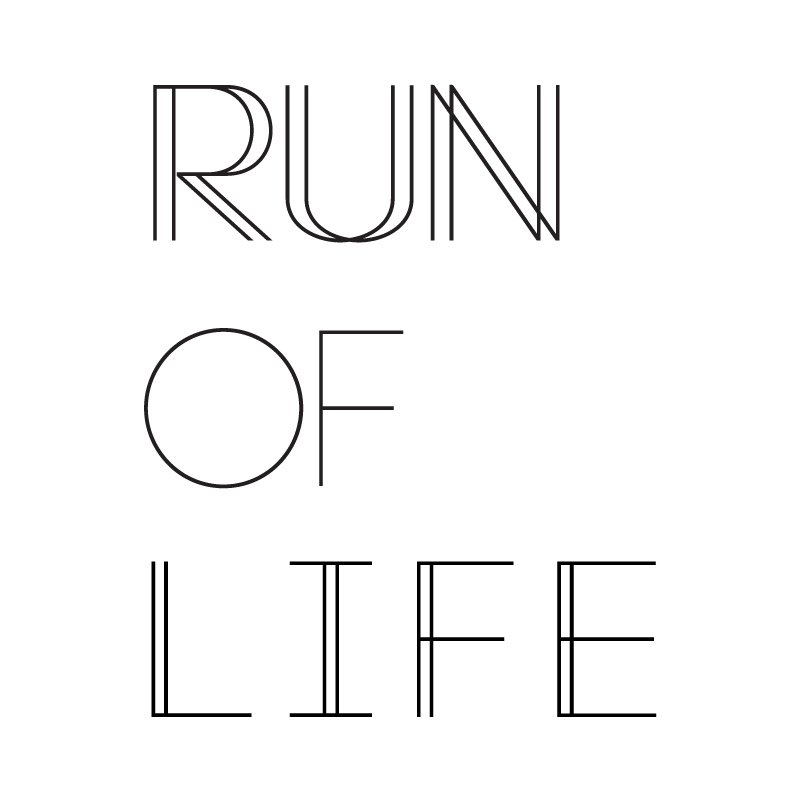PUBLIC HEARING by James N. Kienitz Wilkins
110 minutes / 16mm-to-HD, B&W / 2013
Programmed by Christy LeMaster
Preceeded by
CA-PAN (Convergence Art Public Affairs Network) by Chaz Evans
30 minutes / HD / 2014
PUBLIC HEARING re-performs a rural American town meeting from a transcript downloaded as publicly available information. Shot entirely in cinematic close-up on black-and-white 16mm film, a cast of actors and non-actors read between the lines in an ironic debate over the
replacement of an existing Wal-Mart with a super Wal-Mart.
PUBLIC HEARING is the first feature documentary film by James N. Kienitz Wilkins, filmed in one room with an ensemble cast of professional actors, sculptors, filmmakers, musicians and businessmen. The subject of the hearing is the environmental impact of an existing Wal-Mart expanding to become a super Wal-Mart. The source material and screenplay is direct text from a publicly released transcript downloaded from the town website of Allegany, New York. The text was preserved in chronological order with no additions, only redactions due to budget: a loss of the most redundant of the redundant. As a film meant to be watched rather than a purely structuralist exercise, this limiting technique reflects the reality of the public hearing itself, which forced comments for which there was no time to be submitted in writing.
Once visualized as a film, the focus of PUBLIC HEARING drifts from the seemingly unremarkable text to the theatrics of the bumbling tautological twins recognized as process and protocol (practically embodied by the moderator and chairman, respectively). The hearing turns into a
redundant lesson in how to attend a public hearing, for both the original attendees, and through reenactment, the ever-expanding audience of the film. And new ways of listening and watching emerge. Public Hearing might be proposed as a formal experiment and a satirical experience: a didactic comedy. It is a documentary in the most literal sense.
The project was supported in part by the Jerome Foundation, New York State Council on the Arts, Lower Manhattan Cultural Council, Foundation for Contemporary Arts (Emergency Grants), Puffin Foundation, Media Arts Assistance Fund, and Volunteer Lawyers for the Arts,
Inc.
James N. Kienitz Wilkins is a filmmaker and artist living in Brooklyn. He is the recipient of numerous grants and periodic awards for various projects of specific and/or universal proportions. He is a graduate of the Cooper Union School of Art in New York City.
CA-PAN (Convergence Art Public Affairs Network) by Chaz Evans
30 minutes / HD / 2014
In the model of C-SPAN, the Cable-Satellite Public Affairs Network that documents and broadcasts the goings on of governmental spaces for public edification, CA-PAN documents and broadcasts the goings on of museums, galleries, and other spaces of art exhibition and display. With the same mandate as any public affairs network, events documented are not paired with commercial interruption, musical underscores, or superfluous editing in order to deliver undifferentiated information to the art public. Events covered by CA-PAN are as formal as panel discussions, banal as a single camera recording a single static artwork in a gallery for hours, or as informal as a raucous dance party.
Chaz Evans is an artist, educator, writer, and is Co-Director of Video Game Art (VGA) Gallery. He teaches courses on creative programming, web art, and games at the School of the Art Institute of Chicago and DePauw University. His work analyzes the cultural valences of technology, and builds continuity between contemporary media and the art historical past. His writing has been published in Journal of Games Criticism and MediaCommons. His artwork has been exhibited by Hyde Park Art Center, Evanston Art Center, Chicago Artists Coalition, and ACRE_TV. He holds an MA in art history and an MFA in New Media Art from University of Illinois at Chicago.
